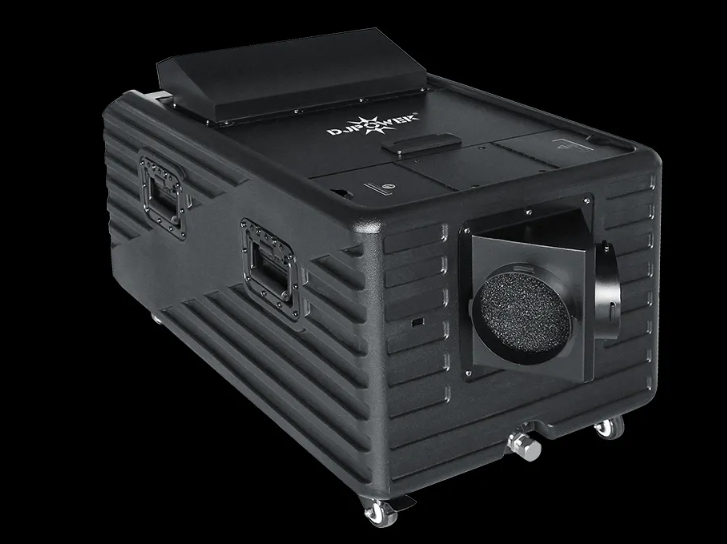Concrete fibers have become an essential component in enhancing the performance and durability of concrete structures. Among the various types of fibers available, PVA (Polyvinyl Alcohol) concrete fibers stand out for their unique characteristics and beneficial properties. In this article, we will delve into the distinctiveness of PVA concrete fibers by comparing them to other commonly used concrete fibers. By understanding their differences, you can make informed decisions when selecting the most suitable fiber reinforcement for your construction projects.
Composition and Material Properties
PVA concrete fibers are made from synthetic materials, specifically Polyvinyl Alcohol, which is derived from petroleum or natural gas. This composition gives PVA fibers excellent tensile strength, flexibility, and resistance to chemicals and alkaline environments. In contrast, other types of concrete fibers, such as steel fibers, glass fibers, or polypropylene fibers, have different compositions and material properties. Steel fibers offer high tensile strength but may be prone to corrosion. Glass fibers provide good chemical resistance but have limited tensile strength. Polypropylene fibers offer excellent crack control but have lower tensile strength compared to PVA fibers.
Aspect Ratio and Fiber Length
Aspect ratio and fiber length play a crucial role in determining the effectiveness of concrete fibers. PVA concrete fibers have a high aspect ratio, meaning they are long and thin. This characteristic allows them to form a dense and interconnected network within the concrete, enhancing its mechanical properties. PVA fibers typically range from 6 mm to 50 mm in length. In comparison, steel fibers have a shorter length, usually between 20 mm to 60 mm, while glass and polypropylene fibers can vary in length depending on the specific application.
Dispersion and Bonding with Concrete Matrix
The ability of fibers to disperse uniformly and bond with the concrete matrix affects their overall performance. PVA concrete fibers exhibit excellent dispersion and bonding capabilities due to their surface characteristics and hydrophilic nature. They disperse evenly throughout the concrete mix, creating a robust network that helps control cracks and enhances load-bearing capacity. In contrast, steel fibers require special mix design and careful mixing procedures to achieve proper dispersion. Glass and polypropylene fibers also disperse well, but their bonding with the concrete matrix is not as strong as that of PVA fibers.
Crack Control and Ductility
Concrete fibers contribute significantly to crack control and ductility. PVA concrete fibers exhibit superior crack control due to their high aspect ratio and strong bond with the concrete matrix. They effectively distribute stresses, reducing crack widths and preventing crack propagation. PVA fibers also enhance the ductility of concrete, allowing it to undergo deformation before failure, which is especially beneficial in earthquake-prone regions. Other fibers, such as steel fibers, provide excellent crack control but may reduce the ductility of concrete. Glass and polypropylene fibers offer good crack control and improve ductility to a lesser extent compared to PVA fibers.
Applications and Suitability
Each type of concrete fiber has its own unique range of applications and suitability. PVA concrete fibers are versatile and widely used in various construction projects, including slabs, beams, columns, and shotcrete applications. They are particularly effective in applications where crack control, durability, and flexural strength are essential. Steel fibers are commonly employed in industrial flooring and heavily loaded structures. Glass fibers find applications in architectural panels, precast elements, and thin sections. Polypropylene fibers are often used in non-structural applications, such as lightweight concrete and plaster.
Conclusion
PVA concrete fibers offer distinctive characteristics that set them apart from other types of concrete fibers. With their superior tensile strength, excellent crack control, good dispersion, and compatibility with various concrete mixtures, PVA fibers provide a compelling solution for enhancing the performance and durability of concrete structures.


没有评论:
发表评论